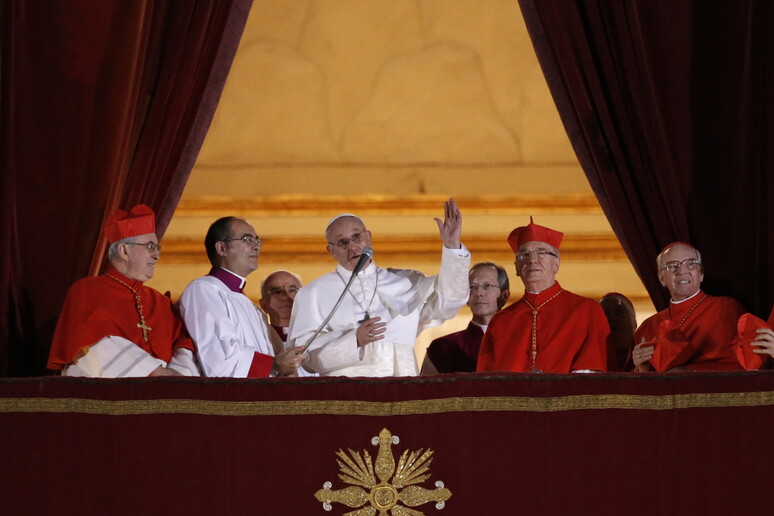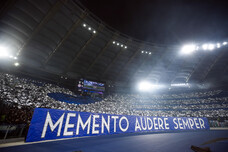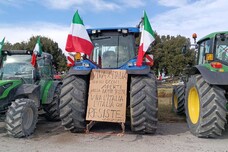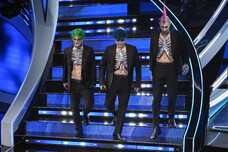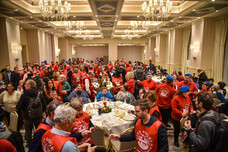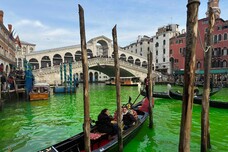The conclave of cardinals to elect a
new pope starts with the arrival in Rome of the cardinal
electors, the mass in St. Peter's Basilica before entering the
Sistine Chapel and the "extra omnes" (everyone out, in Latin)
that officially starts the elections.
The conclave, whose etymology is obviously Latin - from 'cum
clave' meaning (closed) 'with a key' - is the rite that for
centuries has accompanied the 'birth' of new Popes, from the
votes under the gaze of Michelangelo's frescoes in the Sistine
Chapel to the iconic white smoke that precedes the traditional
'habemus papam' (we have a pope).
Longstanding rumours of possible scheming and skullduggery have
been depicted in fictional works like the recent film Conclave,
from Robert Harris's bestselling novel, but they are what they
are, strictly fictional.
Before the official start of the conclave, the cardinal electors
reach Rome where they find accommodation at Casa Santa Marta,
the same building in which late Pope Francis had decided to
live, giving up the luxurious papal apartment.
On the day of the assembly they reach St. Peter's Basilica for
the mass in view of the election, presided over by the cardinal
dean, in this case Giovanni Battista Re.
Immediately afterwards they put on their choir clothes and set
out in procession towards the Sistine Chapel, set up to welcome
the cardinals with the benches for elections and counting and
the stove where the notes and voting cards will be burned.
The maximum number of cardinal electors is set at 120 even
though at the moment there are 135 eligible to vote and it is
not excluded, as has happened in the past, that exceptions to
the rule may be granted.
Everyone is forbidden to use any device or make contact with the
outside. It is only at the end of the oath - which ends with the
phrase "extra omnes" (everyone out) - that the conclave
officially begins, with the locking of the door to the Sistine
Chapel and the start of the voting operations.
If the elections begin in the afternoon of the first day, only
one vote will be held, while on the following days there will be
four in total, two in the morning and two in the afternoon.
Once the name has been written on the ballot paper under the
phrase 'Eligo in Summum Pontificem', each individual cardinal
elector heads towards the altar with the folded and clearly
visible ballot paper.
He places it on a silver plate resting on an urn and then lets
it slide inside.
Once the voting session is over, the first two scrutineers open
and silently read the name written on the ballot paper, while
the third pronounces the name.
The ballots are punched and tied together, to then be burned
inside the stove.
If there is no election, a mixture will be added that will color
the smoke black.
If not, however, the dean turns to the elected candidate to ask
him whether or not he accepts the position and what name will be
chosen.
Only then will the ballots be burned, adding white dye that will
announce the election of the new Pope from the chimney of the
Sistine Chapel.
Only at the end will the vesting take place in the so-called
'room of tears' in the sacristy of the Sistine Chapel.
It will then be up to the cardinal protodeacon to announce the
election from the central loggia of St. Peter's Basilica, from
which the new Pope will subsequently appear for the Urbi et Orbi
(to the city and the world) blessing.
ALL RIGHTS RESERVED © Copyright ANSA
